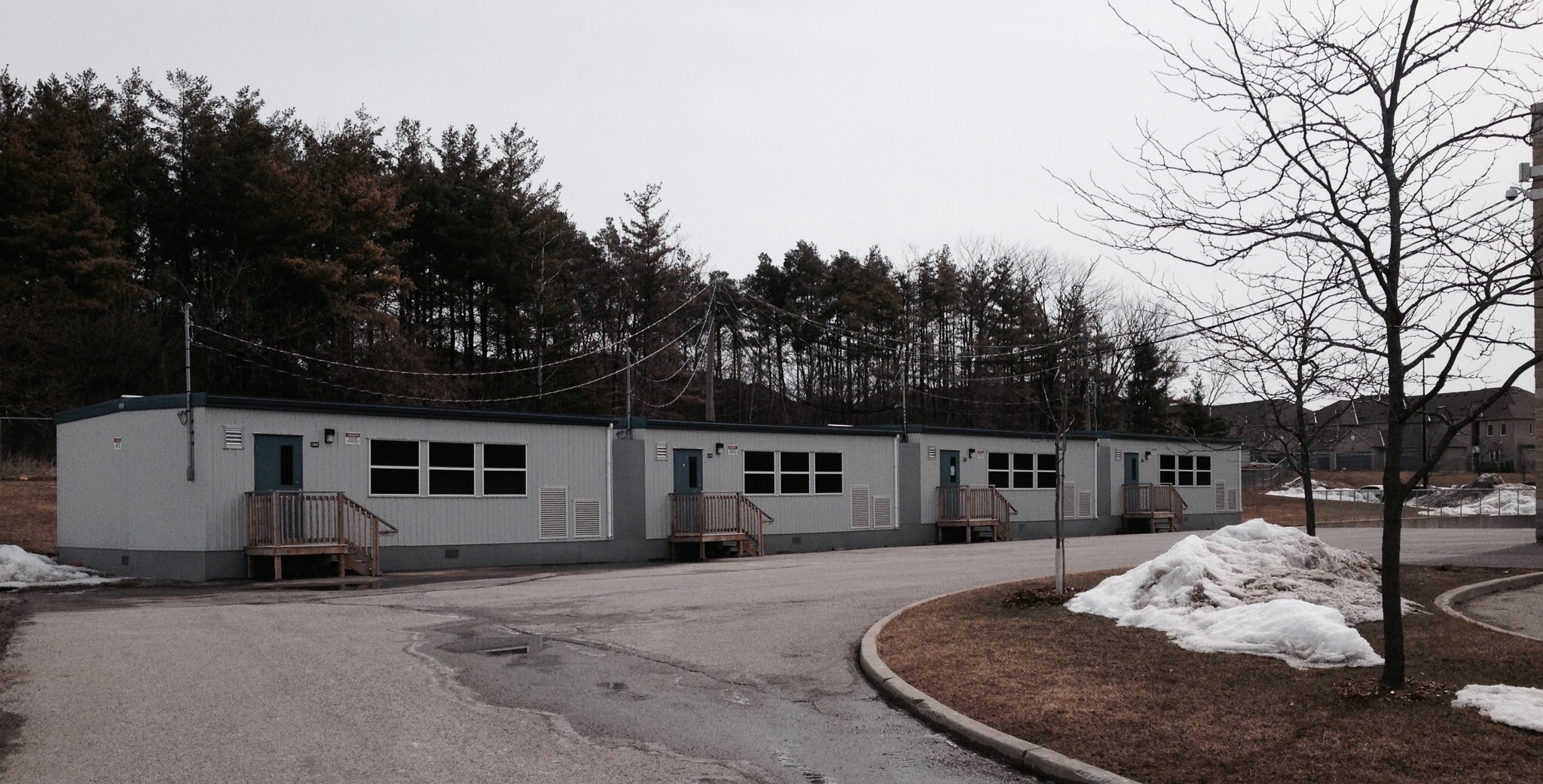Part one of a series.
Have you heard of First Peoples’ Principles of Learning, a list of approaches to learning common amongst Indigenous peoples for the multiple millennia before colonization brought the scourge of residential schools? The publication of the principles is a result of a collaboration between the B.C. Ministry of Education and groups of “Indigenous Elder[s], scholars, and knowledge keepers” and meant to provide an overview of Indigenous pedagogy, a philosophy of learning grounded in relationships and responsibilities. The principles are:
- Learning ultimately supports the well-being of the self, the family, the community, the land, the spirits, and the ancestors.
- Learning is holistic, reflexive, reflective, experiential, and relational (focused on connectedness, on reciprocal relationships, and a sense of place).
- Learning involves recognizing the consequences of one’s actions.
- Learning involves generational roles and responsibilities.
- Learning recognizes the role of Indigenous knowledge.
- Learning is embedded in memory, history, and story.
- Learning involves patience and time.
- Learning requires exploration of one’s identity.
- Learning involves recognizing that some knowledge is sacred and only shared with permission and/or in certain situations.
What if the class of 2030 was completely immersed in experiences that upheld First Peoples Principles of Learning? Would they be better prepared to face the challenges brought by climate change when they graduate?
My next series of posts will explore these questions.
But before continuing with my thoughts about what First Peoples Principles of Learning could look like in classrooms, I need to write about an incident that happened almost twenty years ago, at the beginning of my teaching career in Canada. It’s a memory that makes me feel quite ashamed when I recall it.
I remember that I was in the middle of one of those busy days that are the norm for teachers when I was told that a parent was wanting to speak to me. I remember wondering why she hadn’t come to the classroom as I walked to where she was. This part of the memory is so vivid I can see it as though it was happening right now.
I am standing at the top of a short flight of stairs at the entrance of our portable building. At the bottom of the stairs is a woman whom I’m told is the mother of one of my students. We greet each other while I’m wondering about why she’d come.
As soon as she begins to speak she starts crying and I don’t understand what she’s saying. It takes me a few minutes to hear her tell me that she’s so happy that her son, my student, was going to pass grade 11; that he was the first person in the family to do so, and that she was so grateful that my classroom was the kind of space that helped him to succeed. I don’t know what I said in response but it must have been something quite inadequate like “You’re welcome” or “I’m so glad that he’s enjoyed being with us.”
Here’s why this memory fills me with shame. I didn’t know her son was Indigenous. I didn’t know at the time that graduation rates for Indigenous students were abysmally low. And, most important of all, I really didn’t know what I had done to deserve her thanks. I didn’t think I deserved it at all since I had not consciously set out to make her son’s learning experiences any different to the learning experiences of all my students. It took me many years to figure out what possibly could have made the difference to her son.
Because of my own experiences of alienation while being educated in South Africa during the apartheid era, as a teacher I am biased toward collaboration and cooperation. One of the first tasks that my students have to fulfill at the start of each semester is to learn each other’s names because they spend a lot of time working together. Building community is the focus of the first part of my planning schedule before it becomes the background to much of what we do in my classroom for the rest of the school year. I do it not only for my own sense of comfort but also because I believe that if we can’t learn to be together in public school classrooms, we’re not going to be able to be together in the world beyond the classroom where we need to “live together as brothers [and sisters] or perish together as fools” as Martin Luther King Jr. said.
It was just serendipity that what I needed to be able to teach in my classroom was what her son had needed to succeed. It’s also what we’re all going to need as we face the impacts of climate change, together.
Connection. Cooperation. Collaboration. Community.
Image: Wikimedia Commons/ChadPerez49
Chip in to keep stories like these coming.





